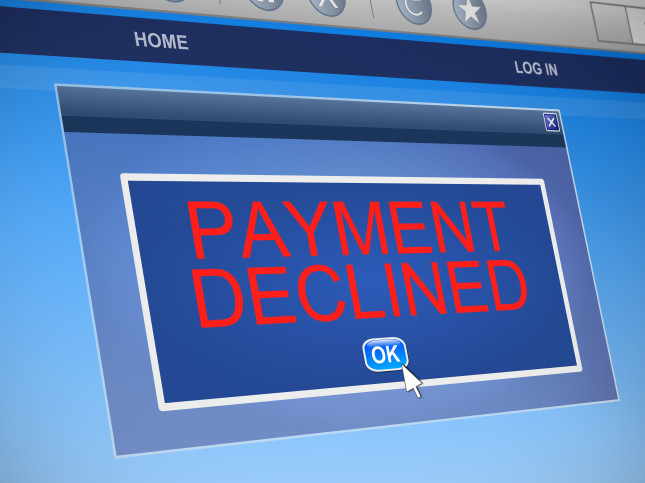How to Read a Business Book
I’ve recently re-learned how to read, and it’s making a tremendous difference. Just like everyone else, I’ve been reading since a very young age, so it’s a pretty easy and simple process for me. Maybe not quite like everyone else, I read a lot—about 80-90 nonfiction books a year, not to mention the daily paper plus weekly and monthly magazines.
Unfortunately, I’ve always had the nagging feeling that a lot of that reading time has been completely wasted. I’ve read so much that most of it goes in one eye and out the other. Immediately after putting down a book I’d be hard pressed to summarize the key theme or the important ideas in it. I really knew I was having a problem when I bought a book on Amazon because it looked interesting, only to realize I already had it on my shelf and had already read it a few years before!
If you ever read any novels or biographies that describe life before the 20th century, you’ll know that those people really read books and absorbed what was in them. They could discuss the ideas in them at length and maybe even quote entire passages.
They had fewer distractions in those days but another important factor must have been the effort it took to get and read books. Books were not always easy to get, so people had to work for them. Abraham Lincoln used to walk miles to borrow a book, and he would then pore over it by candlelight. As a result, he deeply appreciated what he was reading and would pull every shred of meaning off its bones before returning it. That’s how someone with just over a year of formal education (you read that right) could become President in those days.
Today, books are incredibly easy to get. I can hear about a book that interests me and be reading it less than a minute later on my Kindle. Is it possible that the sheer ease of access cheapens the entire process?
I’ve found some of the following practices to be helpful. Some involve more work on your part and some actually save you work; the key is active reading.
- Read actively, not passively. Write in your books. Highlight the points you want to remember and write your comments and ideas in the margins. Have a “conversation” with the author. A business book is a tool, not a decoration.
- Get organized: Read the Table of Contents to orient yourself to the outline of the main points. Read the headers. Surprising how we tend to skip those. If the book has a summary at the end of each chapter, read it first. This will help organize the ideas in your mind and make it easier to grasp the flow of ideas.
- Don’t stay in line. Once you’ve figured out the outline of the ideas, skip to the parts that most interest you; come back if you want, or skip somewhere else. Go back and re-read something you’ve already read.
- Leave stuff out. We’ve been conditioned to read books straight through from beginning to end, but you don’t have to go through most business books word by word. For example, you can save a ton of time by skipping the sales pitches. If you’ve bought the book, chances are you find the author credible and the material important, so you can usually skip most of the first chapter, where the author touts his credentials, and the second, where he tells you how his ideas will change your life and save the world.
- There’s no law that says you have to finish what you started. If you’re not getting any more value out of it, stop reading and find a more useful book.
- After you finish a chapter, try to summarize the key points in your own words. It’s great if you do it in writing, or try to explain it to someone else. Then, go back and see how you did.
- Do the same thing for the entire book. See if you can write a two-page summary. Do as much as you can, and then refer back to the book to see how you did.
- If there are sections you truly want to remember and use later, re-read them a couple of times—the first time about a week later, and the second time a few weeks after that. The first time through, you’ll realize how easy it is to forget what you thought was so clear to you the first time, and after the second time through you will be surprised at how much you actually remember. You’ll also be pleasantly surprised how much quicker the subsequent readings go.
- Keep a notebook handy when you read. My reading often sparks ideas that I can relate to other areas of my life or work, and I’ll lose them if I don’t capture them immediately in my Moleskine.
- Don’t read things you truly want to study on a Kindle. It’s hard to do some of the things I suggested above. I love my Kindle, but paper makes it easier to use the book as a tool.
- If you read a book a few years ago that made a big impression on you, go back and re-read it. You are a different person than when you first read it, and you will probably get some fresh insights. In some cases, you might wonder what you saw in it the first time.
- Try to set aside unbroken time to immerse yourself fully into the book. If possible, read at least a full chapter at a time.
As a result of following these practices, I’m reading fewer books, saving money, and getting much more out of my reading.




